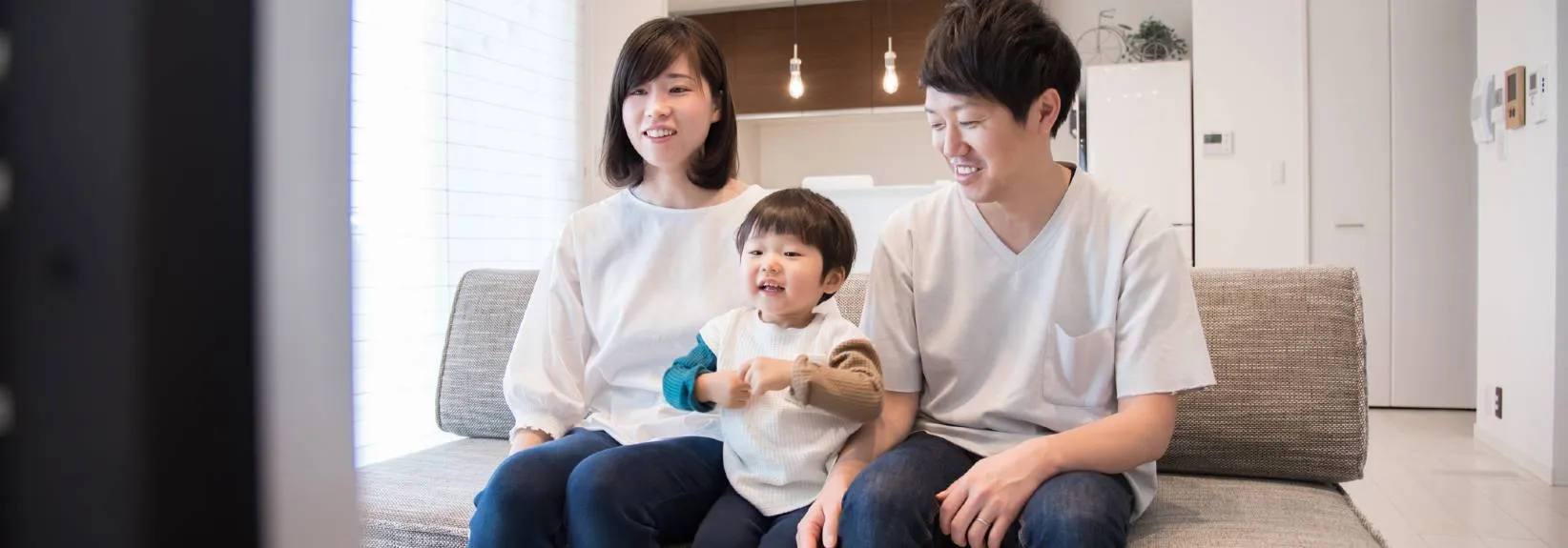How Do UV Lights for HVAC Systems Work?
When you think of ultraviolet light, you may picture getting sunburned after spending a day at the pool. However, UV light is also a tool for improving indoor air quality. Sunscreen protects against UVA and UVB rays, but UVC is the type of light used in air purification. If you suffer from allergies or asthma or want to minimize the spread of illnesses around your home, a UV light in the HVAC system could be the air quality solution you’ve been looking for!
How Does a UV Light Work?
The germicidal effects of ultraviolet light have been known for more than 100 years. UVC rays were originally used to treat tuberculosis. Today, germicidal lamps are implemented in hospitals, food processing facilities, water treatment plants and air purification systems.
A UV lamp added to your HVAC unit improves the air quality in your home by wiping out microorganisms including bacteria, viruses, mold and more. It only takes 10 seconds of contact to deactivate these germs’ DNA, killing them or preventing them from replicating.
UV lights also target volatile organic compounds (VOCs) found in cleaners and repellents as well as airborne bioaerosols like pollen and pet dander. Still, UV lights don’t physically ‘trap’ contaminants, so you still need an air filtration system to remove dust, fibers and other particles from the air.
How Effective Are UV Lights?
Provided they are installed properly and use the right wavelength of UV light, germicidal lamps are highly effective at improving indoor air quality. One study out of Duke University found that UV light removed more than 97 percent of drug-resistant bacteria from the air in hospital rooms. Another study measured “significantly lower” fungal levels in a commercial building’s HVAC unit after four months of operating a UV light.
Benefits of UV Lights
Install an ultraviolet lamp in your HVAC system to enjoy these benefits:
- Cleaner indoor air: UV light technology disinfects the air 24 hours a day without introducing chemicals into the environment. Unlike some air purifiers, ultraviolet lamps don’t generate ozone, a known lung irritant that can be harmful to individuals with asthma, allergies or chronic lung diseases.
- Decreased likelihood of getting sick: When combined with good personal hygiene, germ-killing UV lights can reduce the chance of contracting viral and bacterial infections.
- Protection for your HVAC system: Mold, fungi and bacteria can gunk up your heating and cooling equipment. Keep the system running reliably and efficiently with a hard-working UV light.
- Reduced HVAC maintenance and repair costs: With an inherently cleaner central HVAC system, you enjoy lower maintenance requirements and fewer emergency repairs. These savings can help offset the cost of running a UV light and replacing the bulb.
Where Do UV Lights Get Installed?
If you choose an air-sanitizing UV light, your installation technician will position it within your ductwork near the HVAC system. There, the lamp sanitizes the air before it circulates through your home.
If you choose a coil-sanitizing UV light, it will sit near the AC evaporator coil. There, it targets mold and bacteria that grow on the damp coil, keeping your system clean and operating smoothly.
Are UV Lights Safe?
The sun constantly emits invisible UV radiation. As you know, UVA and UVB rays can burn your skin, so it’s important to wear a broad-spectrum sunscreen when spending time outside. The sun also gives off UVC rays, the most damaging form of solar radiation capable of killing microorganisms and irritating other living tissue, such as the skin and eyes.
Thankfully, the atmosphere filters out these rays completely, so they don’t reach the earth’s surface.
Knowing that UVC rays are dangerous, why should you feel comfortable installing a UVC light in your home? It’s simple—the light is confined to your ductwork where you never come in contact with it, so it poses no risk to you and your family. When the time comes to clean the lamp or change the bulb, your HVAC technician will turn off the system temporarily to prevent exposure to the damaging light.
How Long Do UV Lights Last?
UV lights run constantly and typically last nine to 14 months. Yearly HVAC maintenance (once in the spring for your air conditioner and again in the fall for your furnace) is the perfect time to have these bulbs checked and replaced as needed.
Schedule UV Light Installation
Service Experts Heating, Air Conditioning & Plumbing offers a range of air quality solutions, including UV lights for HVAC systems. We would be happy to assess your home and your family’s needs to suggest the equipment that will work best for you. Rest assured that all work we perform is backed by a one-year 100% satisfaction guarantee. Contact your local Service Experts Heating, Air Conditioning & Plumbing office to schedule UV light installation or request a free home health consultation today.
